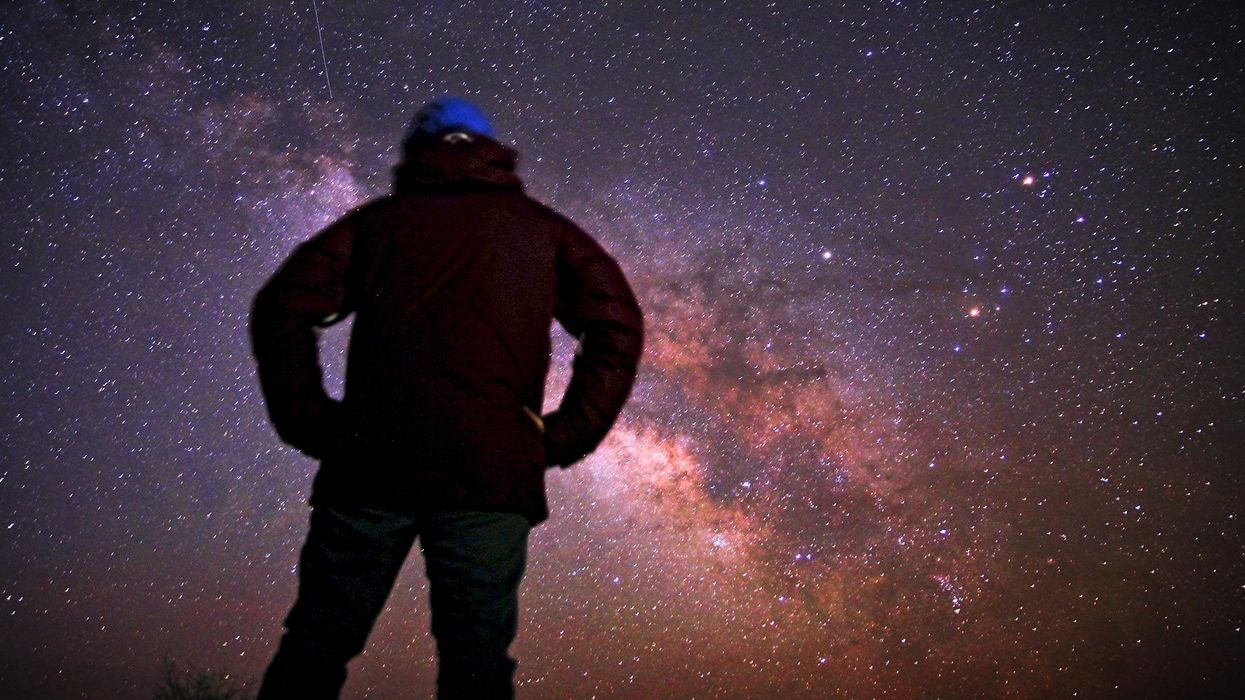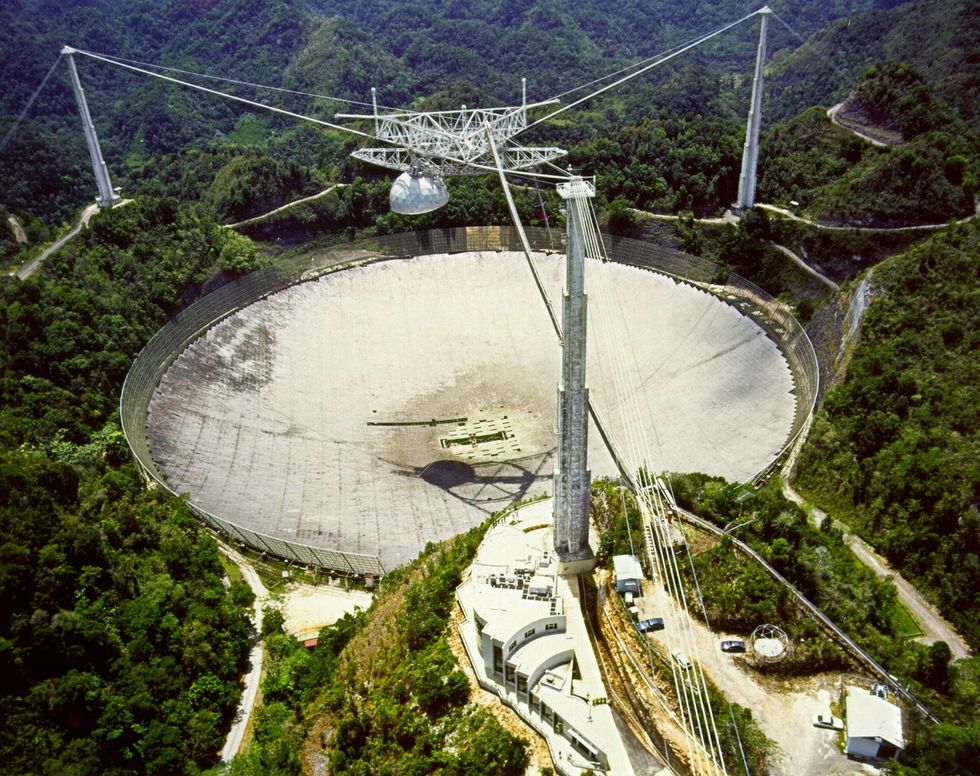
The source of signals first detected in 2007 have been pinpointed to a galaxy far, far, away.
There have been 18 Fast Radio Bursts (FRBs) detected since 2007, and their original has until now puzzled scientists.
They are powerful and short radio waves that last no longer than a millisecond.
One such burst, named FRB 121102 has been observed on more than one occasion, originating from the same location in space, and apparently accompanied by much weaker radio emissions.
Earth has been sending out radio signals since the 1890s, and it's always possible another life form would do the same.
Researchers at Cornell University have identified the origin as a galaxy over three billion light years from Earth.
Previously it had been thought they originated within our galaxy, the Milky Way.
At the observatory at Arecibo, Puerto Rico, the Cornell group of scientists spent over 50 hours watching the patch of sky where FRB 121102 had previously appeared.

The results of Cornell's findings have been published in the journal Nature.
Lead author of the study Shami Chatterjee described the FRBs as being "enormously powerful", given their visibility here on our planet.
The exact location is in the pentagon shaped constellation Auriga.
There's a patch of the sky from which we're getting this signal - and the patch of the sky is arc minutes in diameter. In that patch are hundreds of sources. Lots of stars, lots of galaxies, lots of stuff.
As what could possibly be the source within the galaxy in Auriga, Chatterjee has these suggestions:
We think it may be a magnetar - a newborn neutron star with a huge magnetic field, inside a supernova remnant or a pulsar wind nebula - somehow producing these prodigious pulses...Or, it may be an active galactic nucleus of a dwarf galaxy. That would be novel. Or, it may be a combination of those two ideas - explaining why what we're seeing may be somewhat rare.
The research was presented to the American Astronomical Society's annual meeting, held in Grapevine, Texas.
What's astounding though, is the fact that the signals have managed to travel across the vast distances between our two galaxys.
To quote Douglas Adams:
Space is big. You just won't believe how vastly, hugely, mind- bogglingly big it is. I mean, you may think it's a long way down the road to the chemist's, but that's just peanuts to space.
More: Scientists think they have evidence of aliens trying to contact us
More: People think the Vatican secretly knows about aliens because of the latest Wikileaks release













